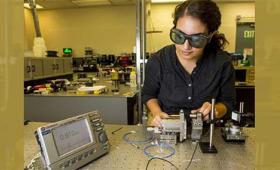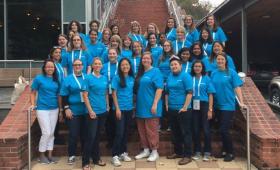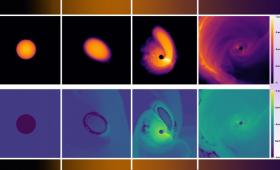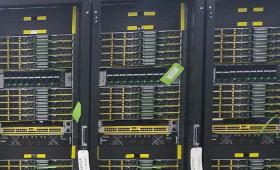Livermore will accept delivery of Corona, a new unclassified high-performance computing cluster.
Science and Technology
in the News
Science and Technology
in the News
News Center

Livermore scientists are working to determine the risk to the grid from a cyberattack.

Livermore has won five Technology Commercialization Fund grants from the Department of Energy.

Lawrence Livermore sent 43 employees to the annual Grace Hopper Celebration, the premier international gathering of women in computing.

Researchers at Livermore and the University of California, Santa Cruz have created 3D-printed supercapacitor electrodes capable of achieving record-breaking performance.

Philip Adams, chief technical officer for the National Ignition Facility, has been recognized with a 2018 Oracle Excellence Award.

Livermore and University of Washington scientists conclude that it is too early to rule out severe global climate change.

Remnant cores of burned-out stars could be the key to finding the most elusive class of black holes.




